End of the World? Top Doomsday Fears
Doomsday fears
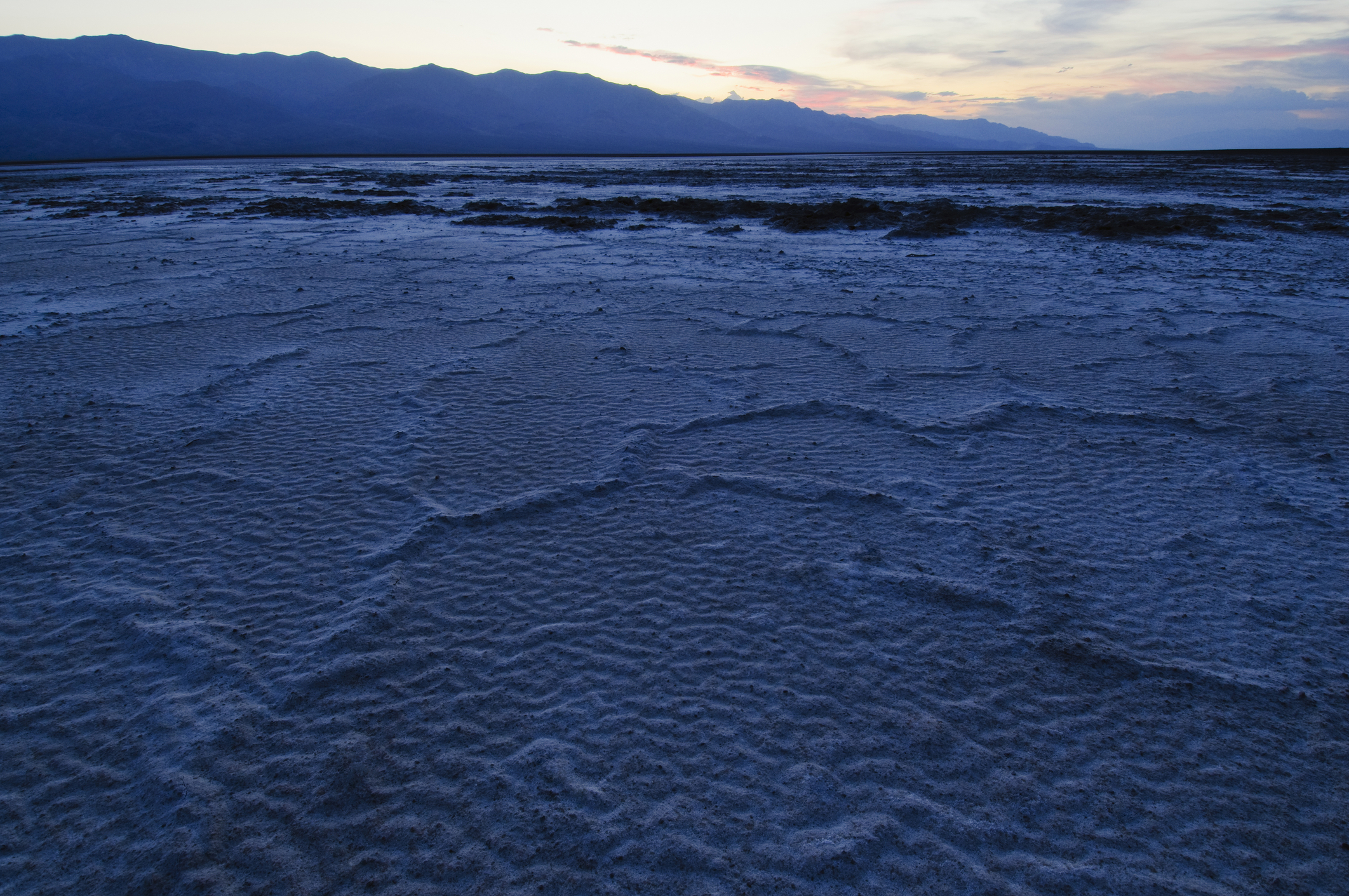
With more and more technologies able to wreak mass destruction, a greater knowledge of what cosmic threats our planet faces, and more forms of media capable of trumpeting Armageddon, it seems as if there is more hype than ever about one supposedly impending apocalypse or another in 2012, despite all the failed doomsday predictions over the years.
Here are 10 apocalyptic scenarios that have raised fears about the end of civilization, in alphabetical order.
Aliens
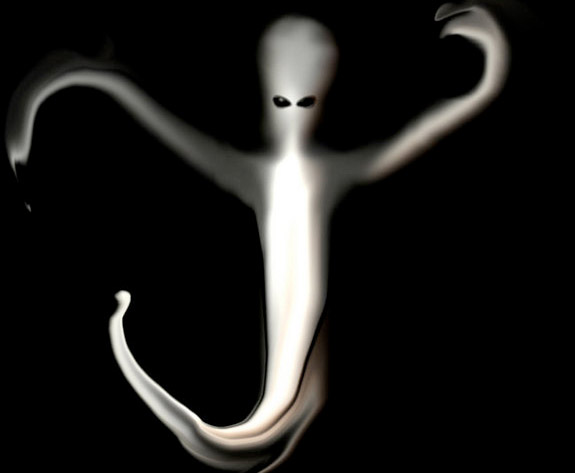
Aliens have kidnapped, experimented and killed us en masse — at least in fiction. Of course, no extraterrestrials have been revealed to the world at large yet, so as far as we know we are alone in the universe. If aliens do cross interstellar distances to attack Earth, one wonders if they would really land and let themselves get shot first as movies often depict. It might be more sensible for them to bombard strategic targets and population centers from orbit first and then, perhaps, descend with robots to mop up.
Black Holes
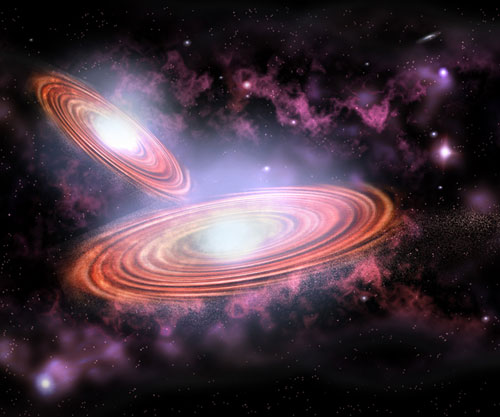
There is widespread paranoia that the world's largest particle smasher, the Large Hadron Collider, will generate planet-gobbling black holes. Still, even if it can generate black holes, and even if these don't evaporate immediately as theory says they would, and even if these don't immediately go zipping away from Earth given the speed they would be traveling, they would be so tiny that it would take one of them about 100 hours to gobble up one proton. At that rate, the life sucker would take more than the age of the universe to consume even a milligram of matter.
There are much larger "rogue black holes," hundreds of which are suspected to roam near invisibly around the galaxy. Still, the closest rogue black hole should reside thousands of light-years away — where one light-year is the distance light travels in a year — about 6 trillion miles (10 trillion kilometers).
Cosmic Impact
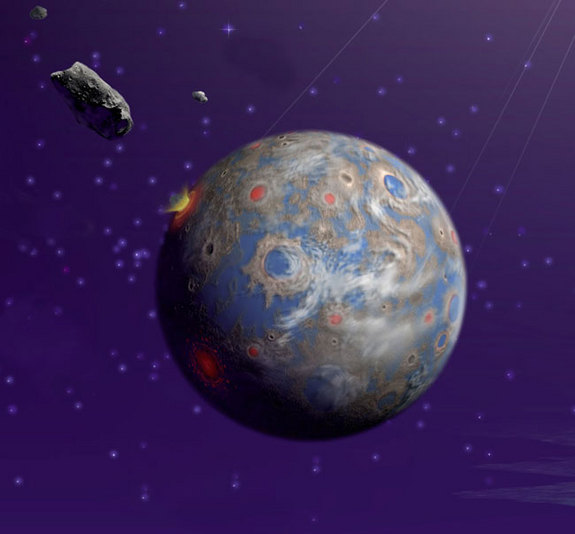
A catastrophic impact from a comet or asteroid is believed to be the culprit behind the mass extinctions that ended the age of dinosaurs. Even a relatively small cosmic impact could unleash untold havoc — the Tunguska explosion, which mysteriously leveled an area of Siberian forest nearly the size of Tokyo a century ago, might have been caused by an asteroid just 65 feet (20 meters) in diameter. Still, an early warning system against future cosmic impacts might be possible.
Gamma-Ray Burst
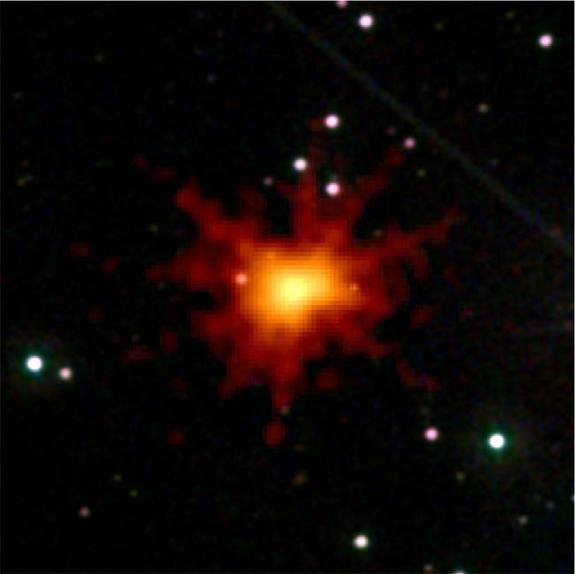
Gamma-ray bursts are the most powerful explosions known in the universe, capable of releasing as much energy as our sun would during its entire 10 billion-year lifetime in anywhere from milliseconds to a minute or more. A fiery pinwheel in space named WR 104 about 8,000 light-years away could fire one in our direction, potentially causing mass extinctions on Earth.
Get the world’s most fascinating discoveries delivered straight to your inbox.
Infection
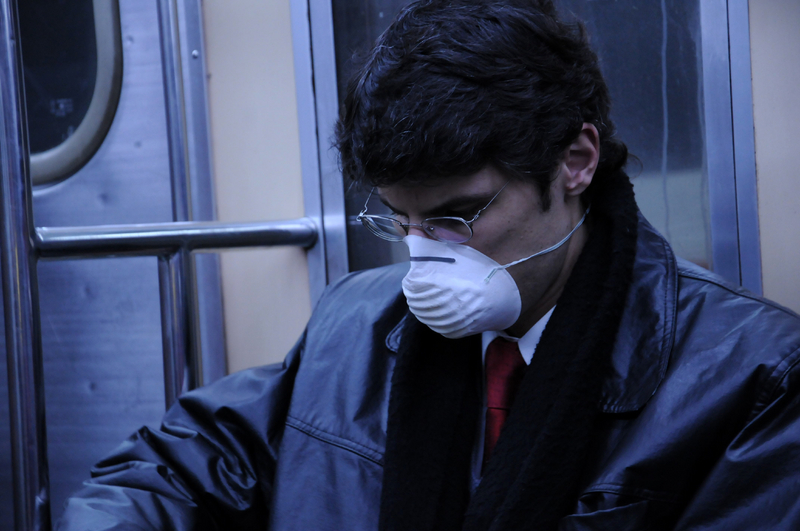
Infectious diseases have devastated humanity throughout our history. The Black Death (bubonic plague was the most common form) killed nearly half the people in each of the regions it touched, and malaria, AIDS and other diseases continue to ravage the world today. As we encroach upon the wilderness, germs once confined to other animals are now jumping species to attack us, such as SARS, avian and swine flu and Ebola. An even greater threat might come from "superbugs," multidrug-resistant strains that might defeat our best attempts to stop them. Some say our overuse of antibiotics is driving an increase in these superbugs. [Read: 7 Devastating Infectious Diseases]
Nuclear War

Nuclear bombs ushered in decades of fear of Armageddon, and while leaders of countries with nuclear weapons are cooperating to vastly reduce their arsenals, nuclear terrorism still remains an urgent concern, and even a relatively limited nuclear conflict could alter climate and affect the entire globe.
Robots

Computers are getting smarter and sneakier all the time, prompting fears of robot conquest of the Earth. But it may be that robots will overcome us with love, not war — for instance, humans may prefer robot lovers.
The Sun

The sun is vital to our lives, but it could cause extreme damage to the high technology that humanity is more dependent on than ever. Solar eruptions in the modern era have disrupted radio communications and power grids, but past events may have been even more powerful, with a storm in 1859 shorting out telegraph wires, causing fires in North America and Europe, and triggering extraordinary auroras — the light shows visible near Earth's poles — bright enough to read by.
A storm that powerful nowadays would likely have devastating impacts, since our electrical and communications infrastructures are so much more developed, with a recent report from the U.S National Academy of Sciences finding that one could cause up to $2 trillion in initial damages by paralyzing communications on Earth and fueling chaos around the world.
Supervolcanoes
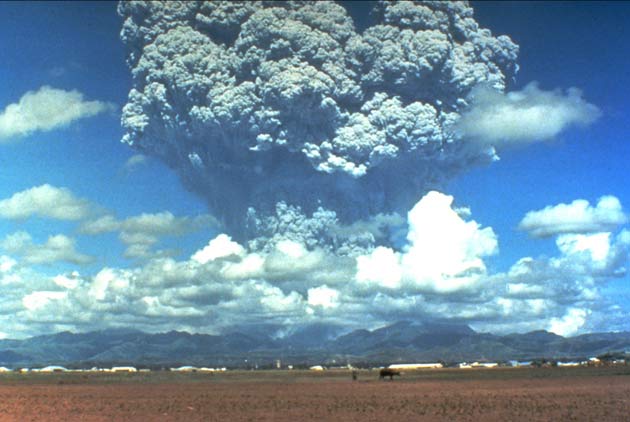
A number of volcanoes around the world are capable of gigantic eruptions unlike anything witnessed in recorded history, dwarfing those of Mount St. Helens, Krakatoa and anything else going back dozens of millennia. These supervolcanoes can disrupt the world's climate and challenge life globally. Unlike other threats to mankind, such as cosmic impacts or nuclear attacks, no known strategies exist for averting a super-eruption.
Zombies

There are brain-controlling parasites effectively capable of turning ants into zombies, but no known germs can turn people into the walking dead. Still, researchers do use the zombie scenario to study how epidemics spread.



